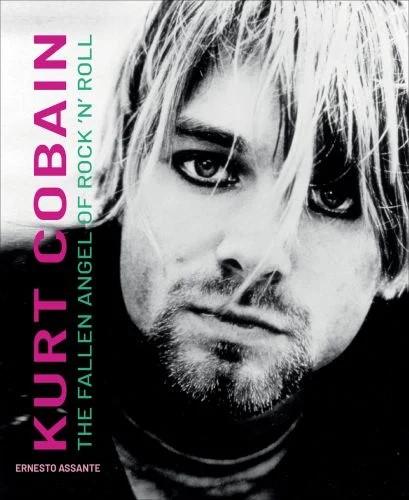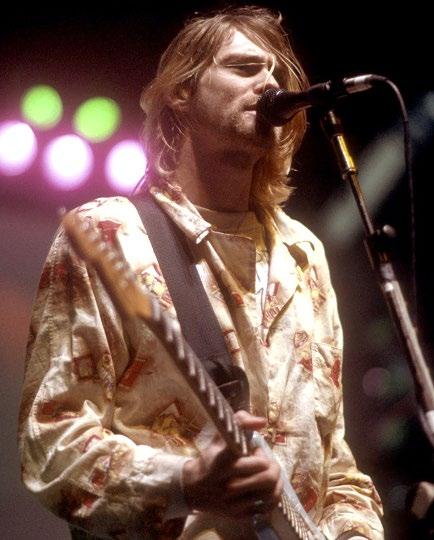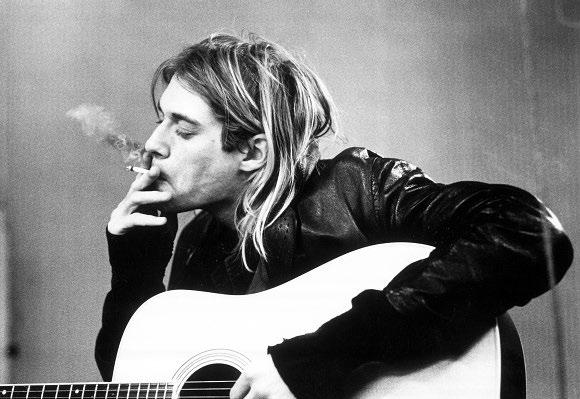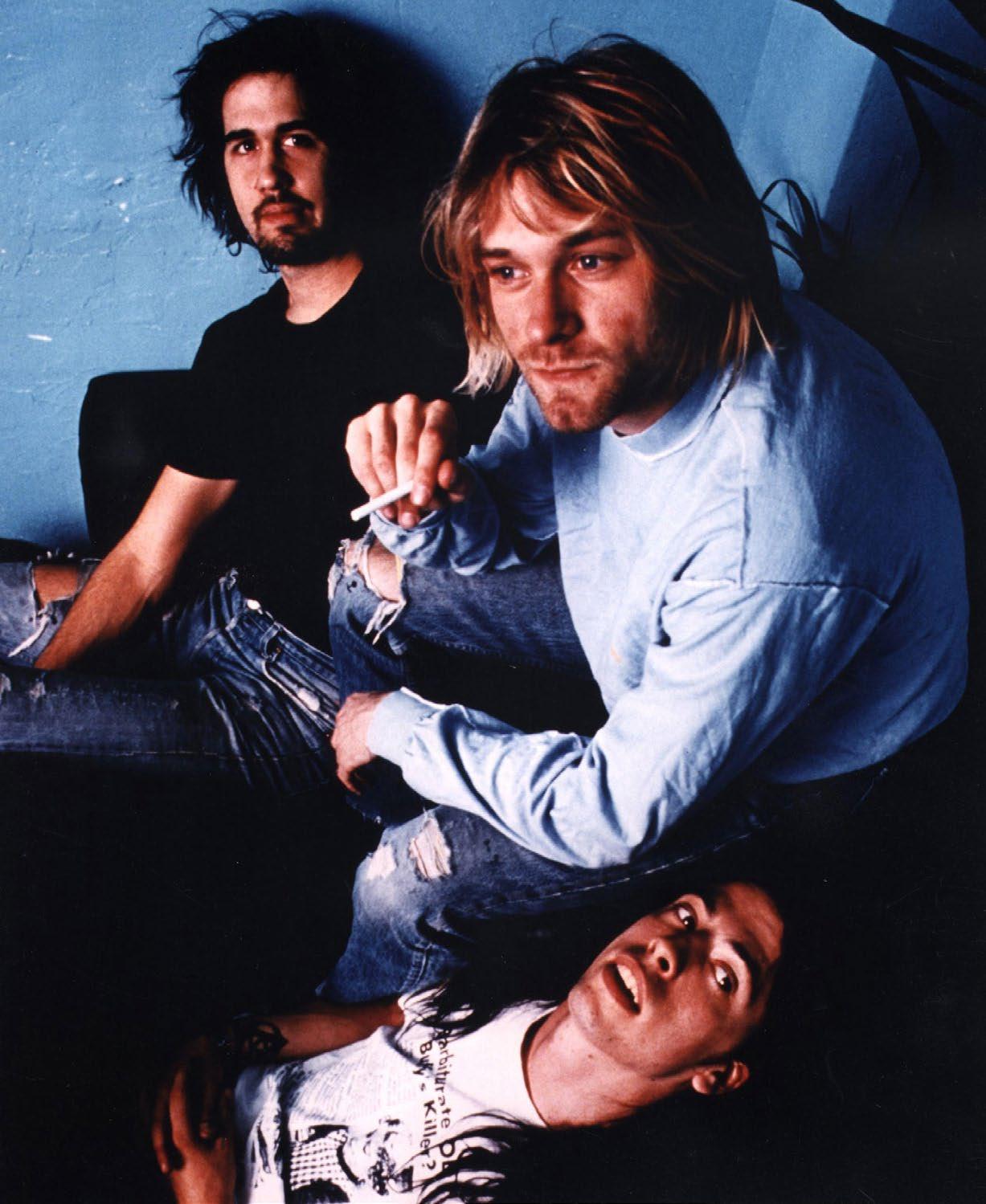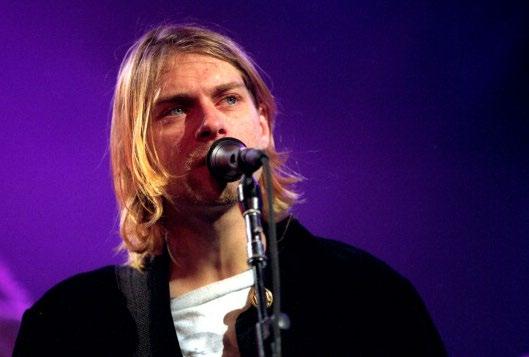HISTORY
It was the last big rock explosion. Of course, at the end of the day, rock ‘n’ roll didn’t die after grunge: it’s still alive and kicking in many ways. But the scene that cropped up in and around Seattle was without a doubt the last collective wave, the last global assault, the kind that could unite an entire generation around a certain sound, or better yet, an attitude, a mindset. Millions of hearts and minds spread around the world who, in that specific kind of music, saw themselves, felt reflected, felt some sort of kinship with one another, and, as a consequence, felt different from everyone else. Since grunge, only rap has managed to unite people in a similar way. Rock splintered off into countless streams, tribes, subgenres, and scenes, many of them ingenious, innovative and interesting, but not quite able to speak to an entire generation. Not like grunge at least, the last of its kind. Is grunge a genre? No, although common elements identifying the “sound” of grunge are certain: the scope of punk, the power of hard rock and metal, the desire to combine it all with melody and lyrics.
Previous page: A close-up of Kurt Cobain, 1998.
Opposite: Kurt Cobain playing at the Reading Festival in England on August 23, 1992.
A normal adolescence? Not quite. Today it might be, but it wasn’t in the early 1970s, when the world, when life in sprawling suburban America, was still conformist enough to be hard on a boy like Kurt. Like we said, he was born on February 20, 1967, at Grays Harbor Hospital in Aberdeen, a town in the state of Washington, the first of two siblings. His mother was Wendy Elizabeth Fradenburg (1948), waitress and secretary, and his father was Donald Leland Cobain (1946), a mechanic of Irish ancestry. They met at school and were married in Idaho in 1965, two years before Kurt was born. The first house that they rented was in Hoquiam, Washington; then, in August 1967, they moved back to Aberdeen, to 1210 East First Street, where Kurt’s younger sister, Kimberly, came into the world on April 24, 1970.
Seattle remained unchanged in the sixties, far from the youth counterculture movement of the time
Seattle had remained relatively untouched by the youth culture of the era, despite its proximity to vibrant California. There were a few hippy communes in Fremont and around the University of Washington, and young people certainly had fun at clubs and parties, but the music scene wasn’t as thriving as that of the Golden State.
But let’s get back to the music. Luckily, as was already mentioned, musical training and stimuli weren’t lacking in little Kurt’s life, despite the various hardships. Again, his guitarist aunt Mari is the one to inform us that the boy was well fed on rock and pop music. It would be too unreliable to draw hasty conclusions from the sparse notes in family memories, but perhaps this is exactly where he got the idea to combine the sonorous assault of punk with decisively pop melodies. In short, it would be the musical mark that would distinguish Nirvana from the sludge of all the other indie bands in the grunge brood.
At the time, Kurt's favorite thing to do was watch television. As Andrea Prevignano has pointed out, “In the States in 1981, the average number of television sets per house was 1.84, which were in operation an average of five and a half hours per day.
The electronic babysitter would become a veritable backdrop to his afternoons. Kurt wasn’t just a hyperactive boy with a pronounced sensibility for drawing and music. He also was tender at heart and was fascinated by shows about children: he adored Family Affair and The Brady Bunch , and he was a fan of the story of Jem and Scout, the children of the lawyer Atticus Finch in the beautiful, touching novel To Kill a Mockingbird by Harper Lee on racial segregation in a small town in 1930s Alabama. He was hypnotized in front of the screen, inhaling science fiction classics such as Close Encounters of the Third Kind and The War of the Worlds . He had fun watching old episodes of The A-Team , but he was thunderstruck by the perverse performance of Jack Nicholson in Stanley Kubrick’s
The Shining . MTV had begun broadcasting and became an essential companion to many of his afternoons. He digested reruns of The Andy Griffith Show , a sitcom from the 1960s, stealing ideas from it that he would later use to create a serial killer, the fun Floyd in “Floyd the Barber” (on the debut album Bleach ). He began journaling, alternating stories, thoughts and drawings. Up until then, the idea of writing something hadn’t even come to mind: “I hadn’t ever seriously considered the idea of keeping a journal,” Cobain stated. “I hadn’t even ever tried to write stories or poetry, and in any case, when I started, it was really abstract stuff. I liked drawing and painting much more, in addition to playing music. But, one thing was certain, it was clear to me that I wanted to be an artist. My mother really supported me in that, she always complimented my drawings, she pushed me to keep going. At school, I had three different art classes and I planned to enroll in art school. But I knew my limits, beyond the nice things they told me.” His journals would become important and, after his death, more than twenty notebooks full of texts, drawings, ideas and stories were found, compiled from when he was fourteen up until his final days.
Once Kurt discovered he enjoyed writing, he began to fill journals with ideas, thoughts and drawings
THE FIRST CONCERT AS NIRVANA WAS HELD IN LATE MAY 1988
The founding nucleus of Nirvana was the Kurt Cobain-Krist Novoselic duo. At a towering six feet seven inches (2.01 meters), Krist Anthony Novoselic is one of the tallest living musicians in the world, today a nice, balding fifty-eight-year-old and father of two children with his wife, artist Darbury Ayn Stenderu. Krist was born on May 16, 1965, in Compton, California, to Marija and Kristo Novoselic, Croatian immigrants who had moved from Zadar to the West Coast. They called Aberdeen home as of 1979, landing in a vibrant Croatian community. But in order to get established and have less trouble, they sent young Krist to Croatia the following year, though he was back stateside by 1981. His little brother, Robert, was the one who introduced him to Cobain, and the two bonded over a shared passion for punk rock.
From that moment on, the two were always together. But the third element of the first incarnation of Nirvana was Chad Channing, a peer of Kurt’s and a drummer who had already played with a few other bands in the area (with musicians that would pave the way, like Jason Everman and Ben Shepherd).
A mutual friend introduced him to Kurt and to Krist, and after a few practices together, the three became a band. They had already been going by the name Nirvana for a few months, since March 1988, but the first concert together with the official moniker was in late May of that same year.
ROCK WAS ONCE AGAIN A WAY TO EXPRESS THE RAGE AND DREAMS OF A GENERATION
Above and opposite: Kurt Cobain during the recording session at Wisseloord Studio in Hilversum, Netherlands.
“Punk rock is art. Punk rock is freedom.”
| KURT COBAIN
THE PRESSURE ON THE BAND AND ON COBAIN, RIDING THE WAVE OF SUCCESS AND SCANDAL, WAS ENORMOUS
A picture of the entire band: Krist Novoselic (above), Kurt Cobain (center), Dave Grohl (below).
